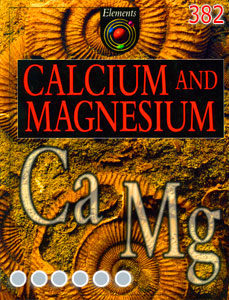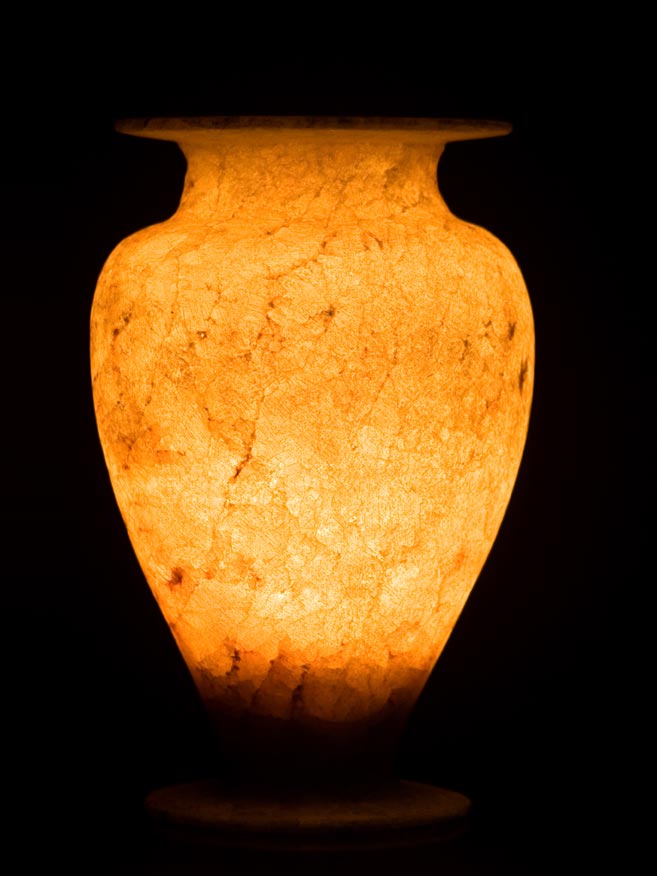Two kinds of mineral give more or less the same cloudy white effect (translucence) and they are both quite soft and easy to carve. One is gypsum, and the other calcite. The same material is sometimes known as onyx-marble (but note onyx is something different). They were widely used by the Ancient Egyptians, for example, as canopic jars. But they are soluble and so cannot be used for any sculpture outdoors.
To tell which kind of alabaster you might have, try scratching it with a fingernail (somewhere is doesn't show!). Gypsum is softer than a fingernail (Moh's hardness 2) and so will scratch. Calcite is hardness 3 and will not scratch. Calcite alabaster is the more common.
The name alabaster may come from from the town of Alabastron, in Egypt, where the stone was quarried.
Calcite alabaster is flowstone inside caverns and can be cut from the floor and walls of caves.
Gypsum alabaster is found in sheets among other rocks. It was deposited in ancient salt lake beds.





